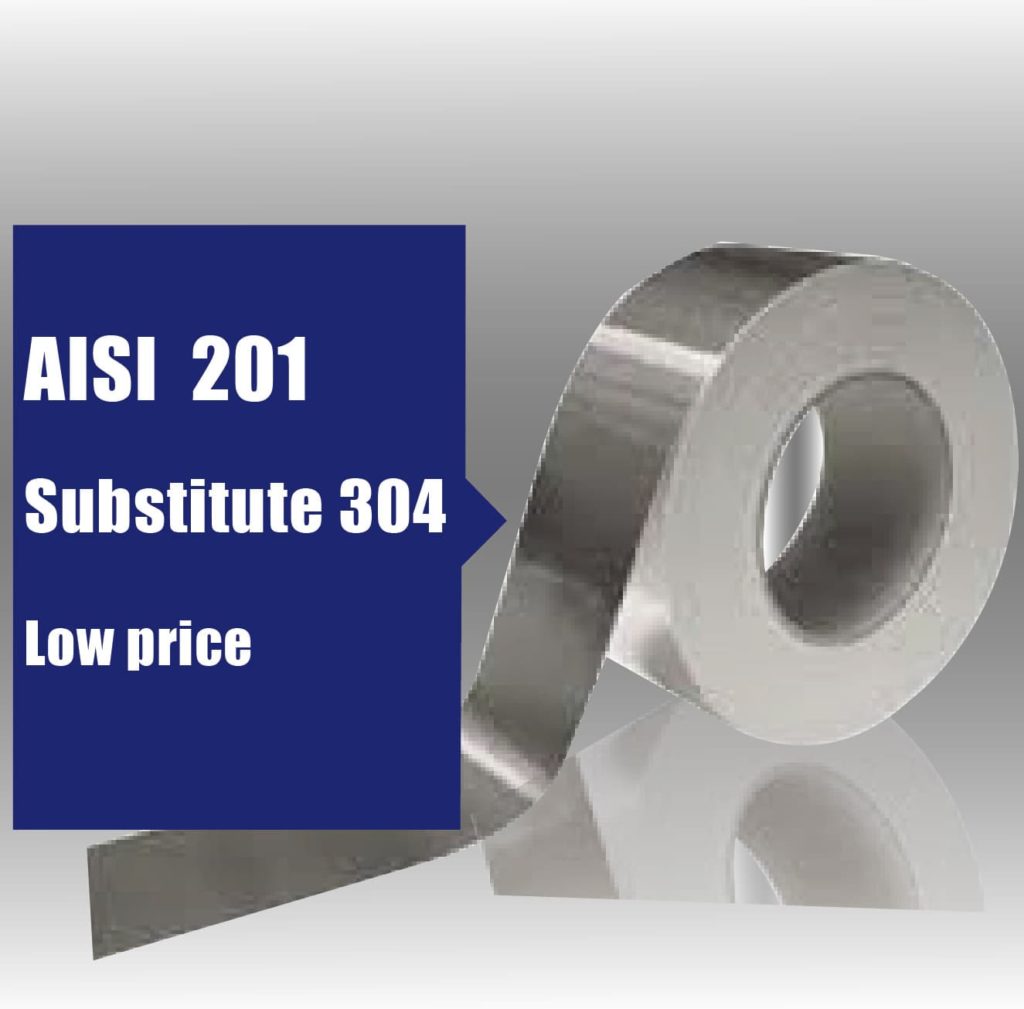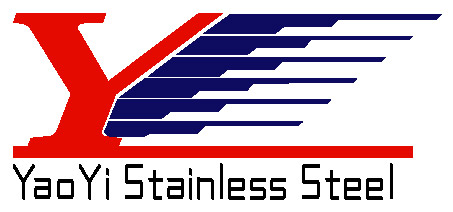No. 429, Yangguang Road, Yinzhou District, Ningbo, Zhejiang, China P.C.: 315175
No. 429, Yangguang Road, Yinzhou District, Ningbo, Zhejiang, China P.C.: 315175

Type 201 Stainless Steel is an austenitic stainless steel. Because it was developed to conserve nickel. Thus, type 201 is a lower cost alternative to conventional Cr-Ni stainless steels such as 301 and 304. Nickel is replaced by additions of manganese and nitrogen. It is non-hardenable by thermal treatment but may be cold worked to high tensile strengths. More and more, Type 201 is essentially nonmagnetic in the annealed condition. However, it becomes magnetic when cold worked. Moreover, type 201 can be substituted for Type stainless steel 301 in many applications.
Sheet, Strip, coils, and foils.
SPECIFICATIONS:
ASTM A240, A666
Typical applications for Types 201 contains cookware, hose clamps, piston rings, transit car structural member, transit car roofing/siding, thermal window spacers, airbag containers, and truck trailer posts and door frames.
| Element | Carbon | Manganese | Sulfur | Phosphorus | Silicon | Chromium | Nickel | Nitrogen |
| Type 201 | 0.15x | 5.5 – 7.5 | 0.03X | 0.060x | 1.0 x | 16 – 18 | 3.5 -5.5 | 0.25x |
MECHANICAL PROPERTIES:
| Type | Yield Strength 0.2% offset (KSI) | Tensile Strength (KSI) | % Elongation (2″ Gauge length) |
| 201 Ann | 38 min. | 75 min. | 40% min. |
| 201 ¼ Hard | 75 min. | 125 min. | 25.0 min. |
| 201 ½ Hard | 110 min. | 150 min. | 18.0 min. |
| 201 ¾ Hard | 135 min. | 175 min. | 12.0 min. |
| 201 Full Hard | 145 min. | 185 min. | 9.0 min. |
PROCESSING:
The annealing temperature for Type 201 is between 1850-2000°F. After that, Rapid cooling through the carbide precipitation range (800 – 1500 °F) is necessary to keep the carbides in solution and prevent sensitization. So the type 201 is not hardenable by thermal treatment; it is only hardenable by cold working.
Type 201 has similar bending, forming and drawing characteristics with the Type 301 stainless steel.
By all conventional methods, type 201 can be welded applied to 18 percent chromium, and 8 percent nickel steels. Moreover, filler metal of the conventional chromium-nickel analyses can be used. Like other austenitic stainless steels where carbon is not controlled below 0.03%. Therefore, type 201 is susceptible to intergranular corrosion in the weld heat affected zone.
CORROSION:
Type 201 is resistant to a wide variety of mild to moderately corrosive environments. Also, its corrosion resistance has approaching Types 301. So it has been successfully substituted for 304 in many mild environments.
Fill out the form below and we will contact you as soon as possible!

Together & Make the world more durable.
© All Rights Reserved.